|
Home
|
The night of the
eruption
|
|
Imagine - one night you go to bed,
safe and warm. Then you are woken by a sharp jolt, and deafened by a
huge explosion.
You can hear the screams of your
brothers and sisters. You still don't know what has
happened.
Outside is the most spectacular
view. Across the lake the mountain is erupting in balls of fire.
|
Some people are gathering
their things and heading for the bush. Others scramble back
inside their homes to keep safe.
Your eyes are hurting and
the hot ash falling on your face is beginning to
burn.
You go back to your house
and family and comfort each other. The deafening roar will
not stop, the air is getting harder to breathe. Outside the
ash is getting heavier, and the roof begans to creak under
the weight.
|
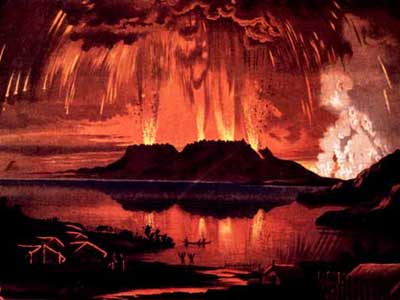
|
It's too late to leave now, because
the ash is too deep to walk through. Daddy looks worried and Mummy is
crying. The roof groans some more.
You live in Te Wairoa, you are
terrified and you only have two more minutes to live.
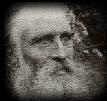 Charles
Haszard Charles
Haszard
 Adolphus,
aged 10 Adolphus,
aged 10
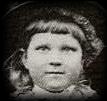 Edna, aged 6
Edna, aged 6
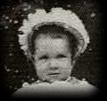 Mona, aged 4
Mona, aged 4
|
This is what it would have
been like for the 108 people who died in the eruption. Most
of them were Maori, living in the villages around the area.
Many of them died when the roof of their house collapsed
under the ash.
Some Europeans living
nearby were also killed, including these children who were
the children of the schoolteacher, Charles Haszard.
Only three members of that
family survived, and five of them died, including Charles
Haszard.
|
For days, rescuers dug through mud
and ash. The schoolteacher's wife was found alive, and the tohunga
who had predicted the disaster was also dug out alive, but he died
soon afterwards.
|
Guide Sophia
|
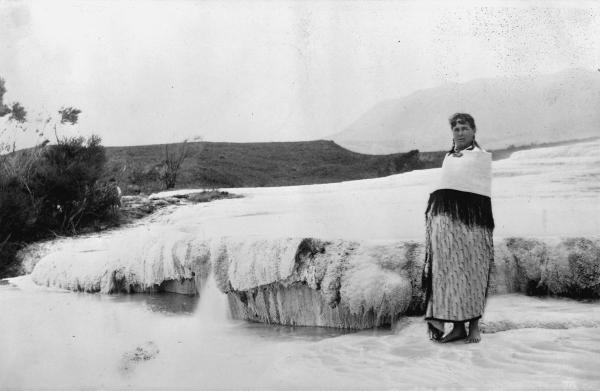
|
The only survivors from the Maori
villages were all from Te Wairoa. They had climbed to safety in the
whare of the guide, Sophia.
Back to Top

 Charles
Haszard
Charles
Haszard
 Adolphus,
aged 10
Adolphus,
aged 10 Edna, aged 6
Edna, aged 6 Mona, aged 4
Mona, aged 4